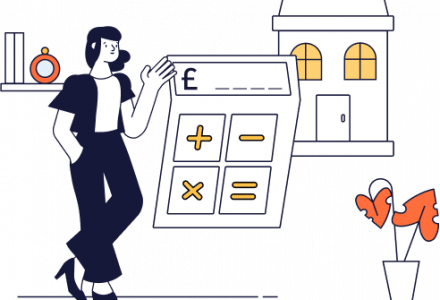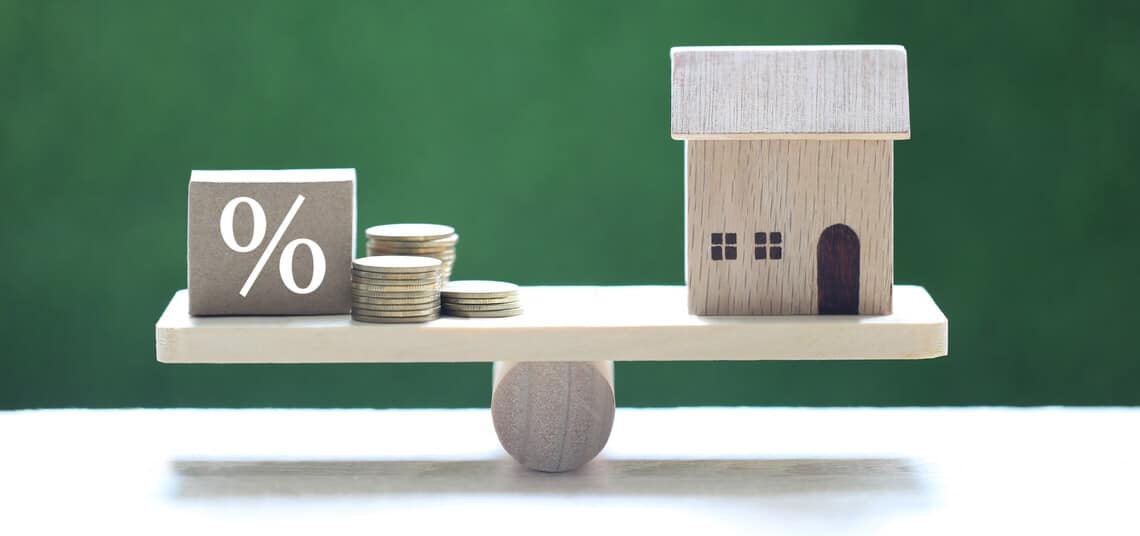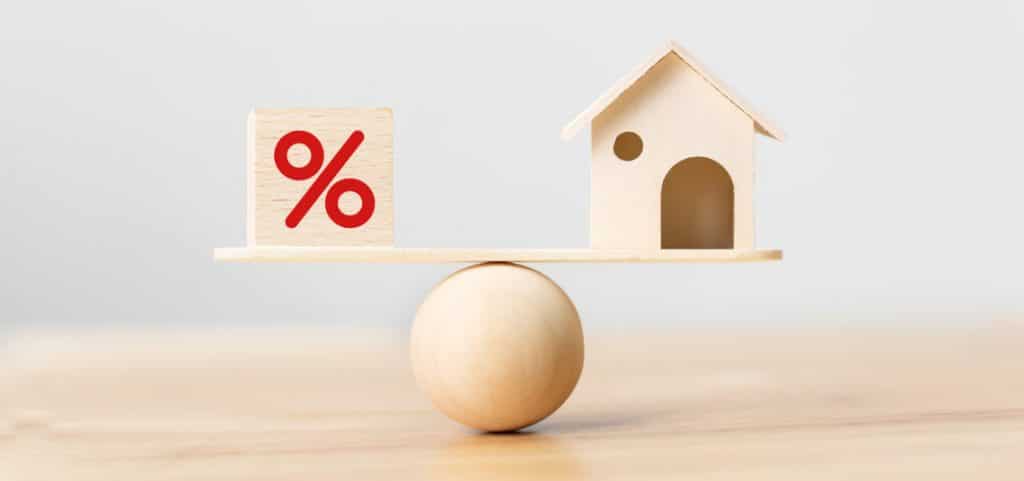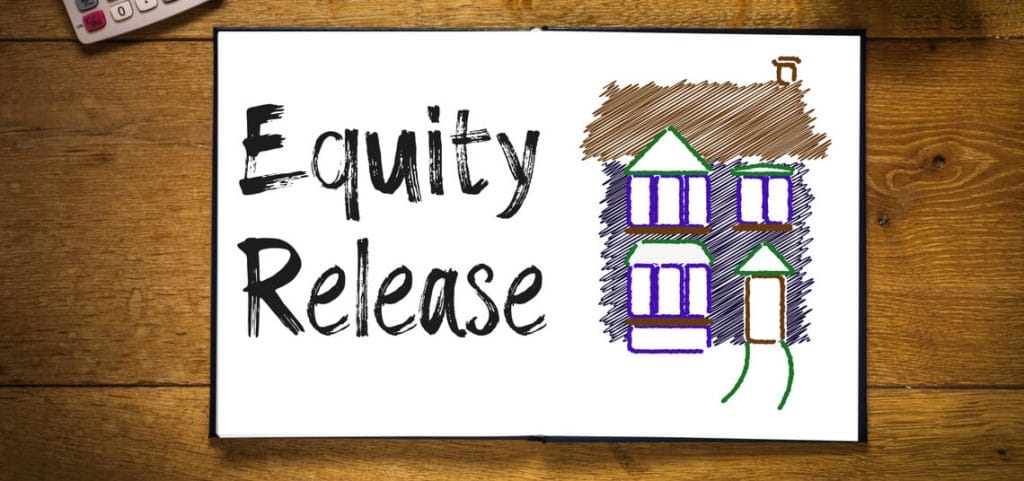When getting a mortgage, you’re usually presented with three options regarding the interest rates: fixed-rate mortgage, variable and tracker. Over the last 10-or-so years, investors have mostly opted for fixed-rates due to historically low interest rates.
Even with higher rates, fixing your buy-to-let mortgage could safeguard you from further rate hikes (alternatively, it could leave you paying more if rates go down). With all that in mind, this guide is all about fixed-rate mortgages and what you should know before making a mortgage decision.
What is a fixed rate mortgage?
A fixed-rate mortgage is pretty much as it sounds. You lock in the interest rate of the loan for a specific period of time, usually two or five years. Your rate won’t change during that time, even if the Bank of England base rate (BOE) increases or decreases.
That means your monthly mortgage payments stay the same for the agreed amount of time. So you won’t see a difference in your payments and can budget more accordingly when it comes to your monthly outgoings.
After the fixed term comes to an end, your mortgage will return to the lender’s standard variable rate (SVR), which will most likely be higher than the fixed-rate deal. However, at this point, you’re free to switch to another deal or even renegotiate with the original lender.

Fixed rate mortgages
Molo offers a range of buy-to-let mortgage deals starting from 80% LTV.
What is a variable rate mortgage?
Unlike fixed-rate mortgages, a variable interest rate is subject to change. This means the interest rate, and your monthly payments, could go up or down during the term of the mortgage. And if it goes down, guess what? You will see a reduction in your monthly payments.
Borrowers tend to opt for a fixed-rate mortgage as it can offer them more security in the medium to long term, in the sense that they know how much they’re required to pay each month.
What is a tracker mortgage?
A tracker mortgage is a type of loan where the interest rate ‘tracks’ a publicly known reference rate, typically the Bank of England base rate. The actual mortgage rate is set at a predetermined margin above this base rate.
Therefore, when the reference rate changes, the interest rate on the tracker mortgage adjusts accordingly. This type of mortgage can offer some borrowers more transparency and can lead to lower payments if the reference rate decreases. However, the payments can also increase if the reference rate rises.
What fixed-rate mortgage length options are available?
If you’ve made it this far, then you’re probably intrigued about fixed-rate mortgages. So the big question now centres around how long you should tie your rate in for.
2-year fixed-rate mortgage
A two-year fixed-rate mortgage locks you in for 24 months. In that time, you will pay the exact same amount each month until your mortgage switches to the reversion rate at the end of the term. Two-year fixed rates usually have the lowest interest rate, meaning the monthly repayments are the most affordable. However, criteria for these mortgages tends to be higher than longer fixed rates.
5-year fixed-rate mortgage
Five-year fixed-rate mortgages tie you in for longer, providing security for half a decade. However, the interest rates are usually slightly higher than two-year fixed deals. If you want long-term security, then a five-year fixed might be the right option for you. But it’s also important to remember that you’ll need to be locked in for the term. So if rates fall during this time, you’ll still need to pay the higher interest.
10-year fixed-rate mortgage
If you really want long term security, then a 10-year fixed-rate mortgage could be an option
They were more popular when the interest rates were lower, but are still available with some lenders now. Fixed rates lasting 10 years aren’t as common as two and five-year options.
Does remortgaging hurt your credit?
Once your fixed rate ends, you will need to remortgage your mortgage unless you’re happy staying on the reversion rate. This is known as a remortgage and your options include getting a new deal with your current lender or finding a new one.
If you decide to find another lender, you’ll need to go through the application process again. This includes a credit check, as the lender will want to see if you’re a good match for the new fixed-rate term.
Applying for a new fixed-rate mortgage after your current one expires won’t hurt your credit. But you should only apply for one mortgage and try not to borrow any other credit at the time, as multiple applications can impact your credit score.
Can I get out of a fixed-rate mortgage early?
Yes, you can get out of a fixed-rate mortgage early, but it often involves paying an early repayment charge (ERC) to your lender. The ERC is typically a percentage of the outstanding mortgage balance, and it can be substantial depending on how long is left on the initial term.
The specific terms and conditions will be outlined in your mortgage agreement. Some mortgages allow for overpayments without a fee, or have decreasing ERCs over time. It’s important to do the maths to determine if the cost of the ERC outweighs the potential savings from remortgaging or moving to a different mortgage. Always consider seeking financial advice before making such a decision.
Fixed-rate mortgages with Molo
At Molo, we offer fixed-rate mortgages, and we’re entirely online, too. That means you can enjoy a seamless and speedy process as there’s no need for paperwork or in-person appointments. So, ditch the wait times and see how much you can borrow a fixed-rate buy-to-let mortgage or remortgage with our mortgage calculator.
Check out Molo’s mortgage calculator

Fixed rate mortgages
Molo offers a range of buy-to-let mortgage deals starting from 80% LTV.



